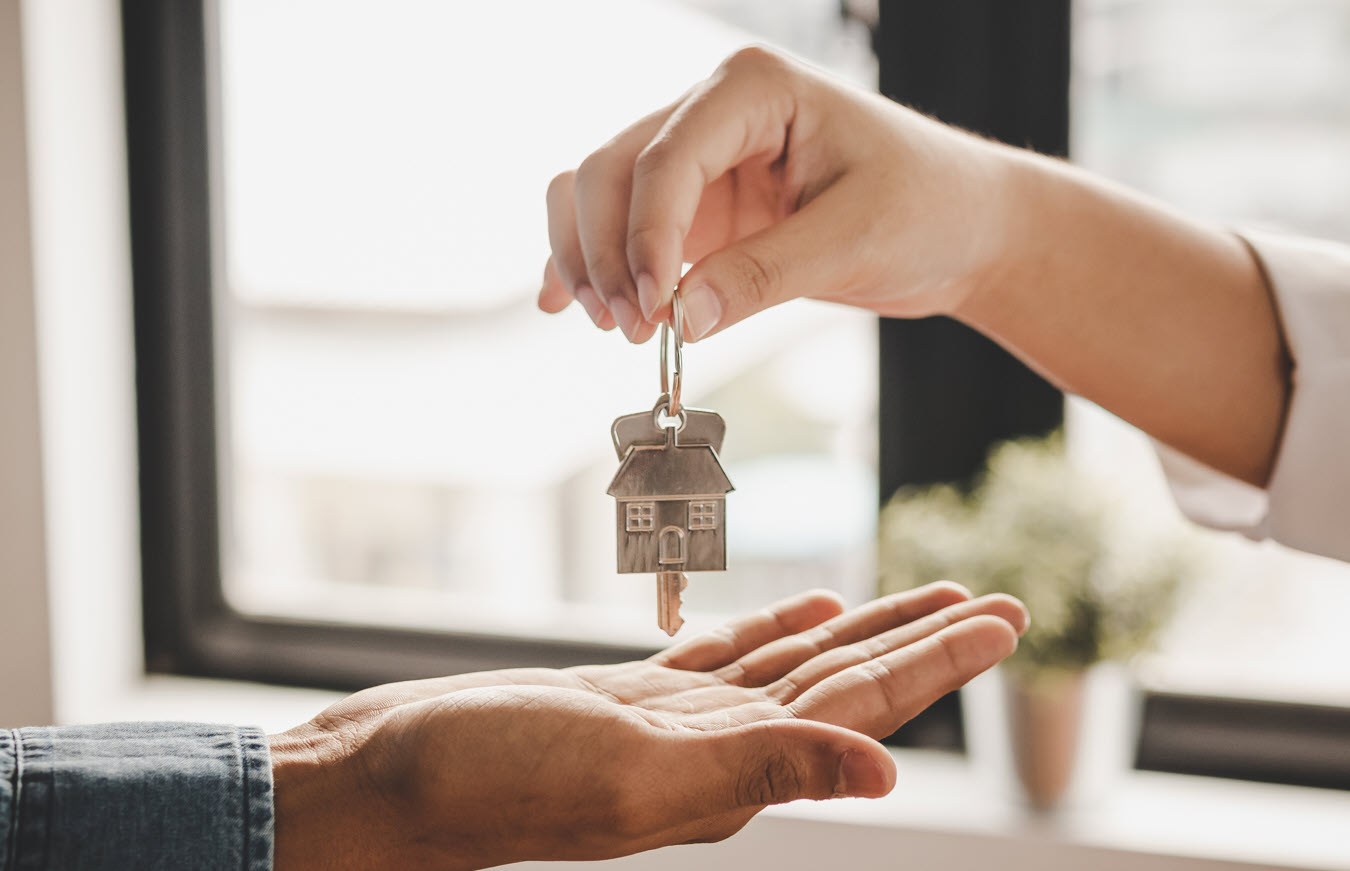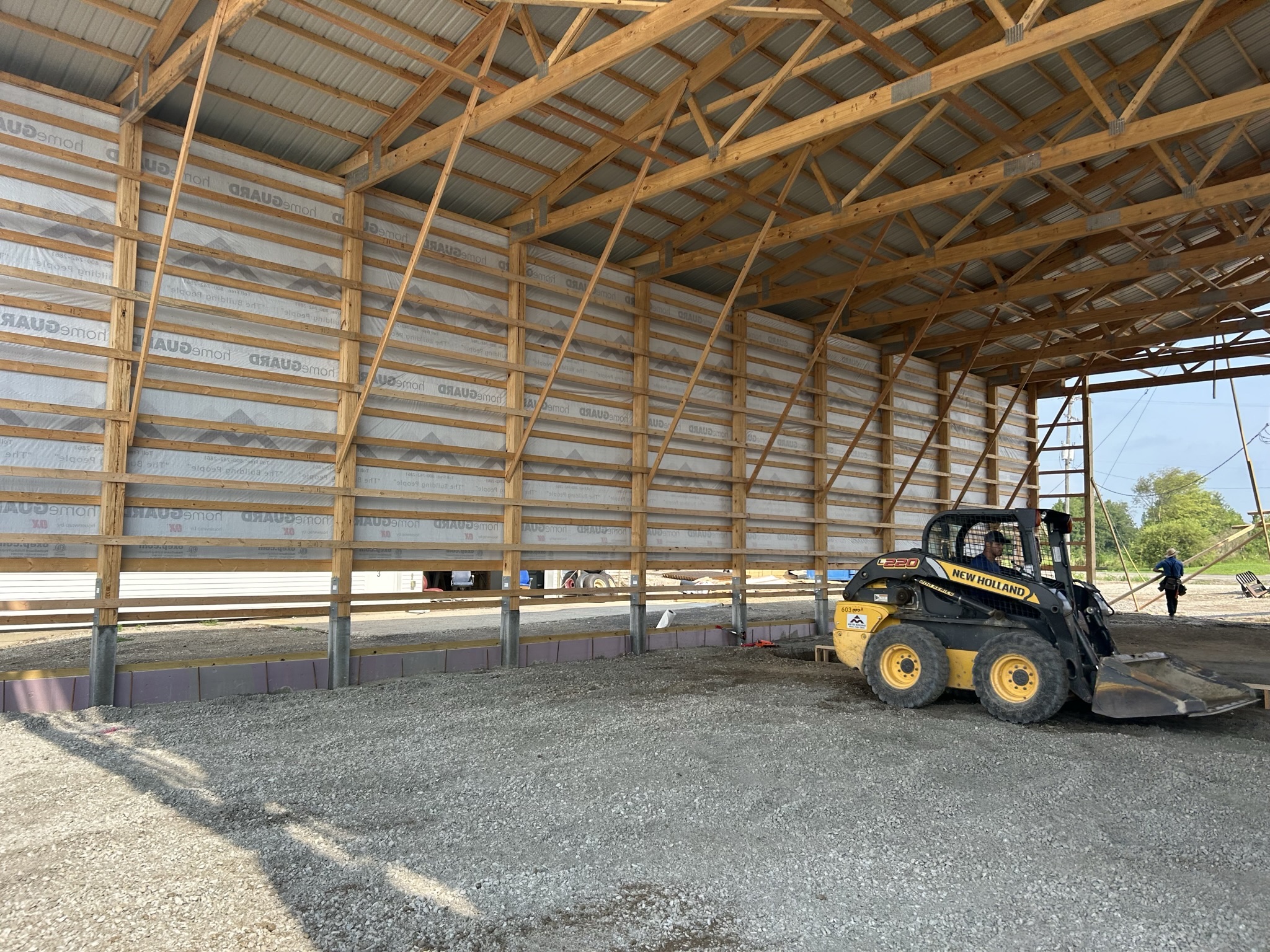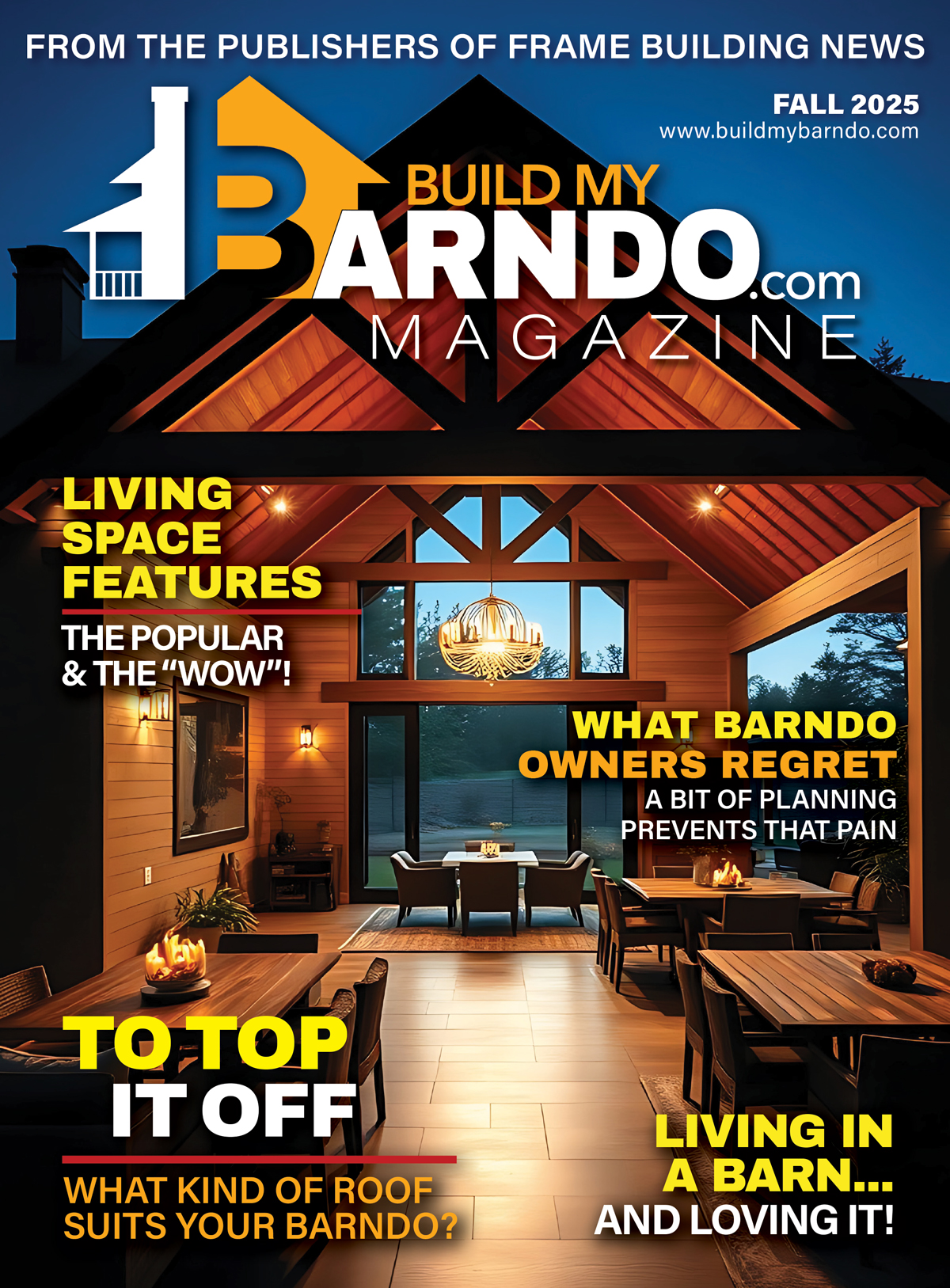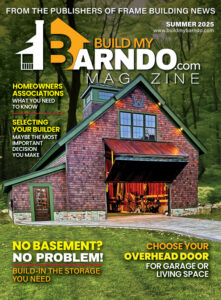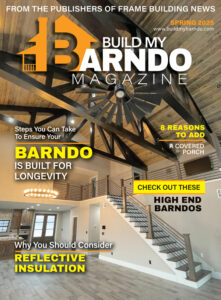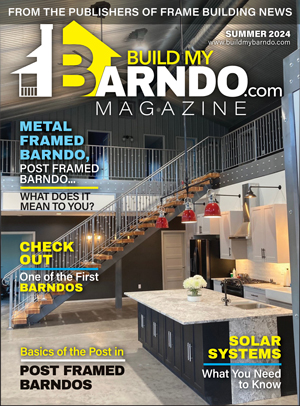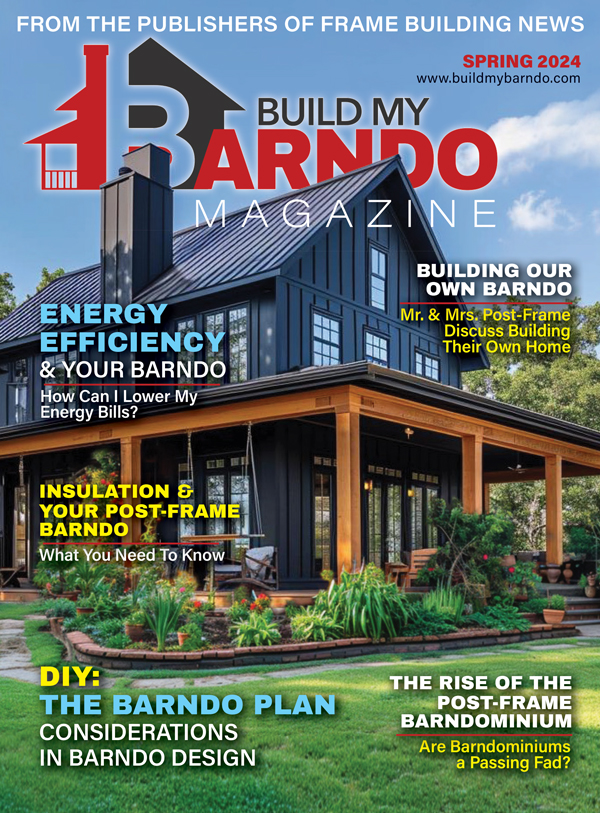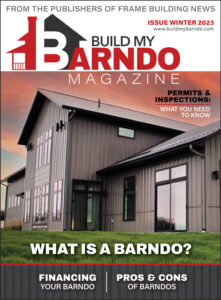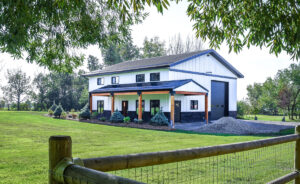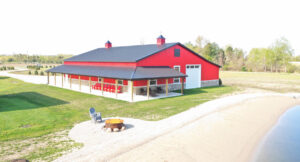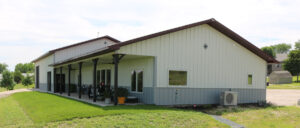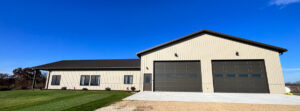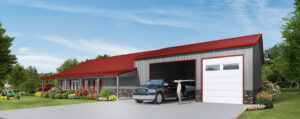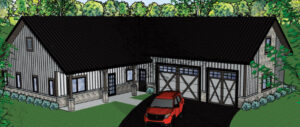Is Barndominium Financing Going To Be a Problem?
In the not-too distant past, people who wanted to build barndominiums ran into obstacles that most other home builders didn’t have to contend with when it came to barndominium financing. Many bankers did not know what barndos are and when they heard the term “post-frame” or “metal frame” it seemed to indicate that these would-be customers were asking for money to build a shed to live in. This did not seem like a good investment to bankers and further one of the ways they valuate a prospective project is to find “comps”, something comparable in the same neighborhood. This was something they rarely could find.
“Borrowing money for post-frame home construction could be challenging in the past”, Keith Dietzen of SmartBuild said. “It could involve educating bankers about post-frame construction, but that seems to be changing.”
The good news is that due to the popularity of barndominiums, some financial institutions are now more knowledgeable about barndominium financing, and some are far more interested in other factors than the type of construction involved.
What Do I Need to Get a Loan to Build a Barndo?
One of the factors a lending institution will look for is credit worthiness. The higher your credit rating, the more borrowing options you are likely to have and the better your interest rate is likely to be.
The bank will also want to see your plans. Never go to a lender and say, “I want a house that’s 1,800 sq. feet with 3 bedrooms, 2 baths and a huge garage;” a sketch drawn on a piece of paper is no better. You need to show them detailed plans completed by a professional or, at minimum, plans prepared with a computer design program along with a list of the materials you need.
Next on the list, the lender will want to see bids you have received from contractors to build your home. If you are self-contracting, you will need to solicit bids from subcontractors, including builder, electrician, plumber, anyone who will be involved. However, self-contractors who are not experienced builders may face extra challenges as many lenders will require a licensed contractor for a project they are funding.
You may also be asked for a property appraisal as part of determining the overall worth of the project when complete, and you will be asked for a timeline.
Finally, you will need to show proof of income through documents such as pay stubs or W2s. Lenders may also require tax returns and bank documents to show that you have money for a down payment.
Prepare for the bank meeting by gathering all of these items to show the lender that you are serious about this endeavor, you have put real thought and effort into it and you understand the costs involved. This helps inspire confidence in the lender that you are not just coming to them with a pipe dream; you intend to make this happen.
Financial institutions may simply classify barndominiums as factory-made homes assembled onsite. Others will simply be concerned with ensuring that it meets code, which should be verifiable based on the plans you provide. Still others may need to be educated about barndos.
What Kind Of Loan Should I Look For?
When building a custom home, which is what a barndominium is considered, you will likely need to qualify for a construction loan. This is a temporary loan that can be used to cover the cost of the land, the supplies, and the contractor and subcontractors. It will be at a higher rate than a mortgage loan because there is more inherent risk for the lender; after all there is no house to repossess.
A construction loan does not pay out in a lump sum like a mortgage loan, instead it disburses money in chunks throughout the process. While the loan carries a higher interest rate, you are usually only required to pay the interest rather than paying on the principal while the construction is progressing. An inspector will check on progress, and upon notifying the bank that construction looks good, the money is disbursed for the next phase of construction. These loans are usually in place for a prescribed term, a year or fifteen months at most. When the home is complete, you will be required to pay back the loan in full, or as most people do, you can apply for a mortgage loan.
Some lending institutions offer construction loans that morph into mortgage loans when the project is complete. This can be to your benefit; you will only have to apply and go through the loan process once with one set of closing fees. If the rates have risen in the meantime, you will be happily locked in at a lower rate. On the other hand, if interest rates lower while you are building your home you will be locked in at a higher mortgage rate.
Where Should I Look for Financing?
If you have an established relationship with a banker, that is probably the best place to start looking for financing. While it is no guarantee of success if you do not meet the criteria for a loan, it is very helpful to have someone on your side, especially if you have to educate the financial institution about barndominium construction.
If you do not have a banking relationship, your builder may have relationships with lenders that he can recommend. Failing that, try your local bank, but be sure you shop for the best rate and terms. Below are some specific loan types that may work for you:
Veterans may be eligible for VA loans which require no mortgage insurance or down payment and offer low closing costs.
The USDA mortgage program has been established to make rural housing affordable and they offer construction loans that require no down payment. However, there are several requirements that must be met to qualify for one of these loans including a good credit rating, low debt to income ratio, income limits, bankruptcy waiting periods, and hiring a USDA approved contractor with a new construction warranty, among other requirements. Finally, it can be hard to find a USDA lender that offers construction loans.
The FHA also offers construction loans for barndominiums with low down payments and good interest rates, requiring proof of income and financial stability, a good credit rating, and meeting their prescribed debt-to-income ratio, among other requirements.
If you do not qualify for any of these loans or a typical construction/mortgage loan, you can apply for a personal loan. This would entail less favorable terms including interest rate, repayment time, and there may be limits to the amount you can borrow. However, this option is better than using a credit card and may work for you.

